Thanks to the proliferation of mobile devices and the acceleration of networks, today’s workers are able to do their jobs anywhere they happen to be, so long as they’re connected.This functionality brings with it the rise of the mobile worker, i.e., the employee who works from home, from the office, from the café, from the airport, etc. While some businesses might hesitate to grant their staff this freedom, many have fully embraced mobility already. According to IDC, more than 105 million U.S. workers (72.3 percent) will be mobile by 2020. Today, 96.2 million workers already are.
Because they’re not at the office all day, mobile workers need to be outfitted with the right equipment in order to be effective. Luckily, chances are your workers already have a big piece of that equipment puzzle: their own mobile device.
As the name suggests, the bring your own device (BYOD) movement centers on allowing employees to use their own tablets and smartphones to do their work. While it’s understandable that business owners might be hesitant to give BYOD the OK, consider the following: Nearly three-quarters of companies have either moved forward with BYOD or are planning to in the near future, according to Tech Pro Research. Studies show that BYOD increases both productivity and worker satisfaction while also decreasing costs, so what’s not to like? (It’s perfectly fine to choose not to pursue BYOD, but then you need to provide mobile devices to your workers.)
With a mobile device always within reach, employees need one more essential ingredient to get their jobs done wherever they are: cloud-based unified communications (UC) tools.
Simply put, UC solutions streamline all communications into one central interface. So rather than having to sign into an email application, toggle over to a softphone, switch over to an instant messaging app and then launch a video conference from yet another platform, employees can access all of the mission-critical communications they need from one location.
What’s more, when UC tools are deployed through the cloud, employees are able to access these communications from anywhere they happen to find themselves. This means they can move projects forward, respond to important client requests and manage employees whenever there’s any downtime.
For example, let’s imagine a member of the business development team, Suzie, is flying across the country to attend a thought leadership conference. Suzie can work in the car as she gets driven to the airport. She can work while she’s waiting for her flight to board. Thanks to WiFi on planes, she can even work when she’s 30,000 feet up in the air. Once she’s at the conference, she’s never a click of the mouse or a tap of the finger away from her messages; she’s never out of the loop.
In order to remain competitive, today’s businesses need to invest in mobility due to the fact that so many of today’s workers run all over the place. The good news is that those investments won’t break the bank—but they will pad your bottom line.
















